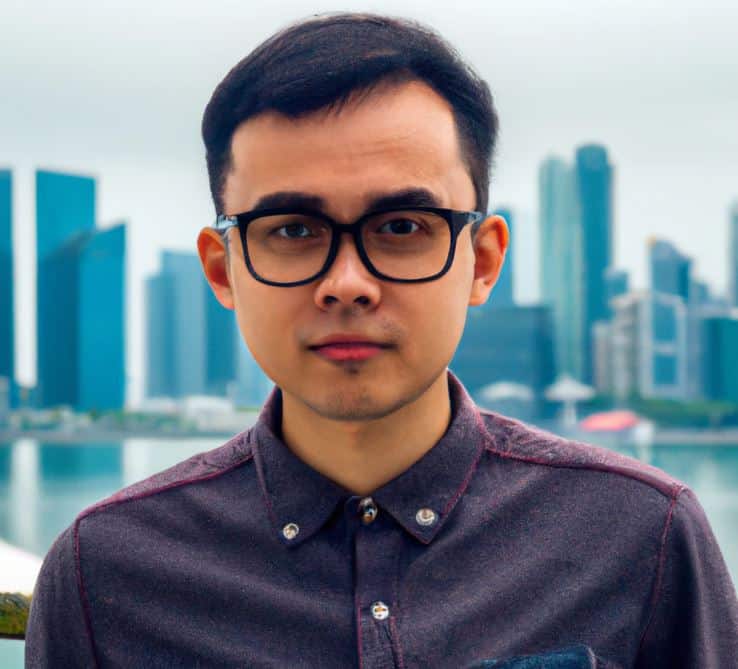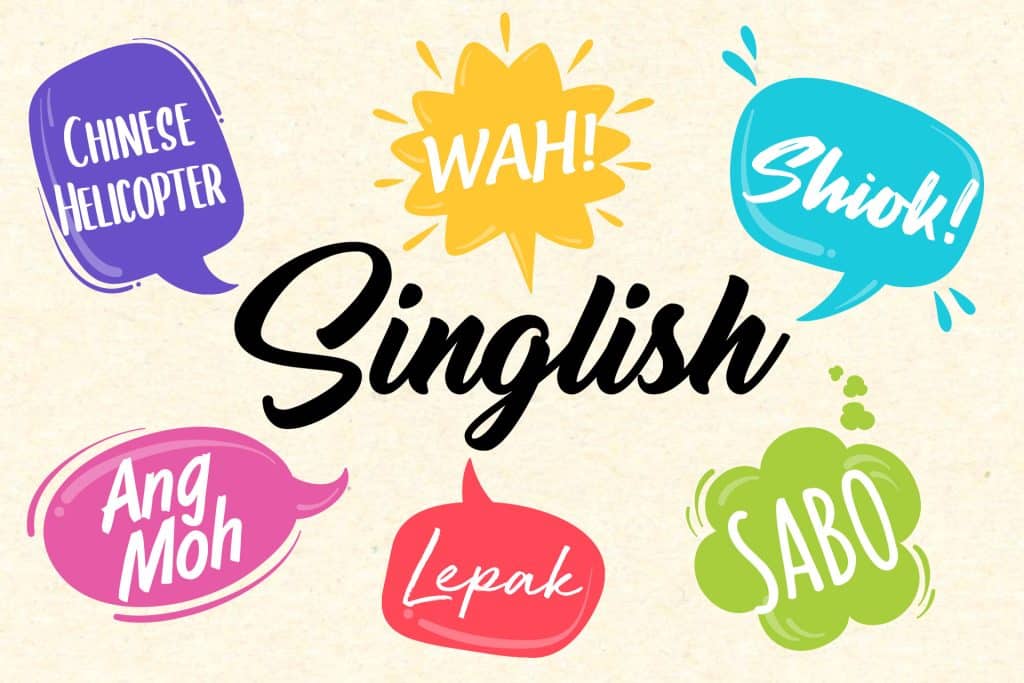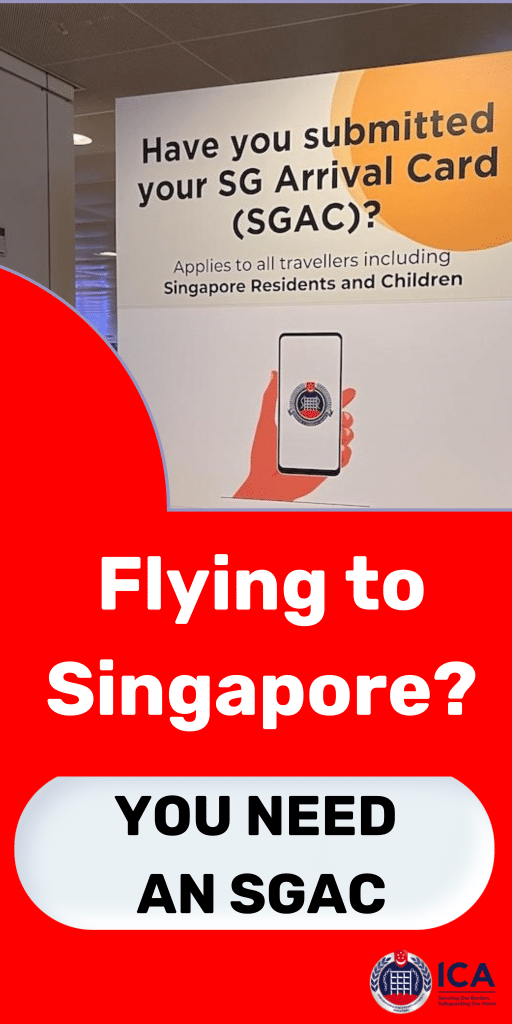Singapore is a melting pot society with four official languages – English, Mandarin Chinese, Malay and Tamil. This diverse linguistic landscape has given birth to Singlish – a unique English-based creole language filled with influences from across Singapore’s cultures.
Singlish has its own distinctive words, phrases, grammar and slang that come from Malay, Chinese, Indian and other tongues. This guide will explore the origins and characteristics of Singlish, its role in Singapore culture and society, common vocabulary and phrases, and resources for learning more.
Get ready to embrace a colorful language shishi (super) unique to the Lion City.
The Birth of Singlish
Singlish first emerged when Britain colonized Singapore in the 19th century, establishing English as the administrative language. Locals adapted English by incorporating vocabulary and grammar from their native Malay, Chinese and Indian languages.
Over time, this intermingling evolved into a dynamic creole language now known as Singlish. It became a marker of Singaporean identity and pride.
Today, Singlish is widely spoken in casual settings among Singaporeans. Its versatility and informal nature make it well-suited for humor, storytelling and expressing local culture.
Distinctive Features of Singlish
Singlish has some defining characteristics that give it a cadence and flair all its own:
- Vocabulary substitutions add color e.g. use hor, kiasu, kenna, etc.
- Grammar structures differ from standard English
- Simplified tense use (no -ed or -s markers)
- Particles like ah, lah, lor flavor sentences
- Loanwords from Malay, Hokkien, Tamil and Chinese dialects
- Omission of certain pronouns and prepositions
- Stress and tone changes within sentences
- Code-switching between English and other languages
By creatively adapting grammar and words from Singapore’s languages, Singlish offers more nuance and cultural flavor than textbook English.
Singlish Vocabulary and Phrases
Part of Singlish’s charm lies in the playful vocabulary locals use. Here are just a few essential Singlish words and phrases:
Kiasu – Obsessively competitive, afraid to lose out Alamak – Expression of surprise or frustration
Kenna – To get into trouble or be unfortunate Shiok – Feels great, enjoyable, awesome Ang moh – Caucasian/Western person Makan – Eat (from Malay) Atas – High class, fancy, posh Kopitiam – Coffee shop Yaya papaya – Chatting nonsense Blur like sotong – Confused, clueless Die die must try – Make a great effort to try
The grammar of Singlish also contrasts with standard English:
“You going there is it?” “I waiting for you long long!”
“This week weather very hot only”
By learning some basics, visitors can better understand locals and get a feel for Singapore’s culture.
The Local Color of Singlish
Part of what makes Singlish so quintessentially Singaporean is its ability to add cultural context through language. Some examples:
Use of different pronouns – “Uncle” or “Auntie” for strangers as a sign of respect
Grammar differences – “Never mind lah” showing a carefree attitude
Food vocabulary – “Die die must try the char kway teow here” reflecting love of local dishes
Interjections like “lah”, “lor”, “meh” – Conveying nuance and tone
Code-mixing between languages – Use of Malay, Hokkien or Tamil words as connectors between English
The warmth and intimacy Singlish conveys make it the perfect everyday language on the streets and kopitiams of Singapore.
Singlish in Popular Culture
Singlish also features prominently in Singaporean pop culture. Local sitcoms, books, radio dramas and advertisements frequently incorporate Singlish to reflect local speech and joke with audiences.
Singlish lends authenticity and humor to Singaporean films like Money No Enough and TV shows like Phua Chu Kang Pte Ltd. Singlish songs and music also showcase the language’s musicality through artists like Gurmit Singh.
Pop culture has helped cement Singlish as a positive point of national and cultural identity in Singapore.
The Evolving Public Perception
While widely embraced today, Singlish has gone through shifting public perceptions:
- 1970s-80s: Seen negatively as substandard English by some
- 1990s: Government “Speak Good English” campaign corrected heavy Singlish
- Early 2000s: Singlish studied as legitimate creole language
- Today: Widely accepted as part of Singaporean identity
Overall, Singlish has emerged from the shadows to be acknowledged as a colorful, creative language that uniquely represents Singapore.
Resources for Learning Singlish
Interested in picking up more Singlish? Many resources exist:
- Talk to locals happy to teach Singlish phrases
- Watch/listen to Singaporean media like radio or films
- Browse Singlish dictionaries for vocabulary
- Take a Singlish language class or hire a tutor
- Join Singlish interest groups on social media
- Read books about Singlish origins and usage
- Use mobile apps with Singlish vocabulary quizzes
Immerse yourself in the beauty of this homegrown language through everyday interactions and media. You’ll soon grow your Singlish vocabulary and appreciation.
Conclusion
Singlish offers a window into Singapore’s rich cultural diversity through its ingenious blending of different languages and influences. More than just broken English, it should be valued as Singapore’s very own mother tongue.
With its colorful phrases, grammar quirks and textured vocabulary, Singlish gives conversations a local flair that more formal English lacks. Fluency gives visitors a deeper connection with Singaporean culture and identity.
From kopitiams to shopping malls, Singlish spices up communication across the island. Through learning this playful creole language, we better appreciate the Singaporean experience in its entirety.

Goh Jun Cheng is the chief staff writer for SingaporeAirport.com. Jun Cheng graduated with a degree in journalism from Nanyang Technological University in Singapore.
He has over 5 years of experience writing about aviation, tourism, and lifestyle topics relevant to locals and visitors in Singapore. His articles provide insights into the rich culture, cuisine, and attractions of Singapore. Jun Cheng is an avid traveler who has visited over 15 countries.
When he is not writing or traveling, he enjoys photography, trying new foods, and hiking. As a longtime Singapore resident, Jun Cheng is passionate about sharing hidden gems and perspectives about his home country.




